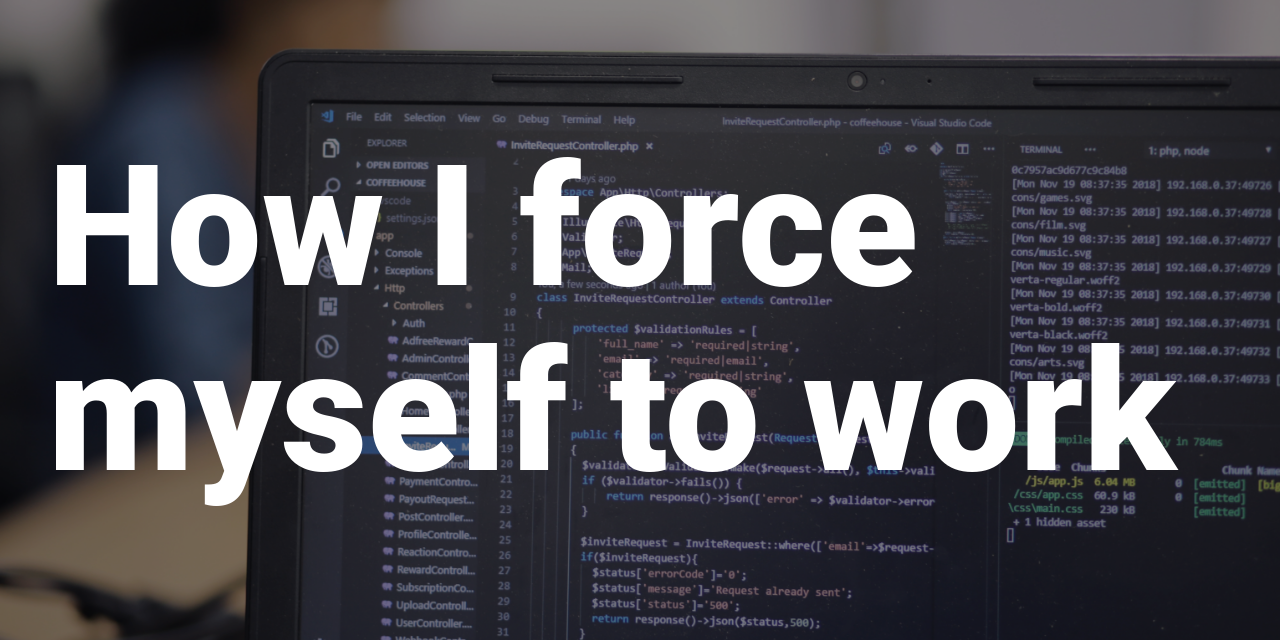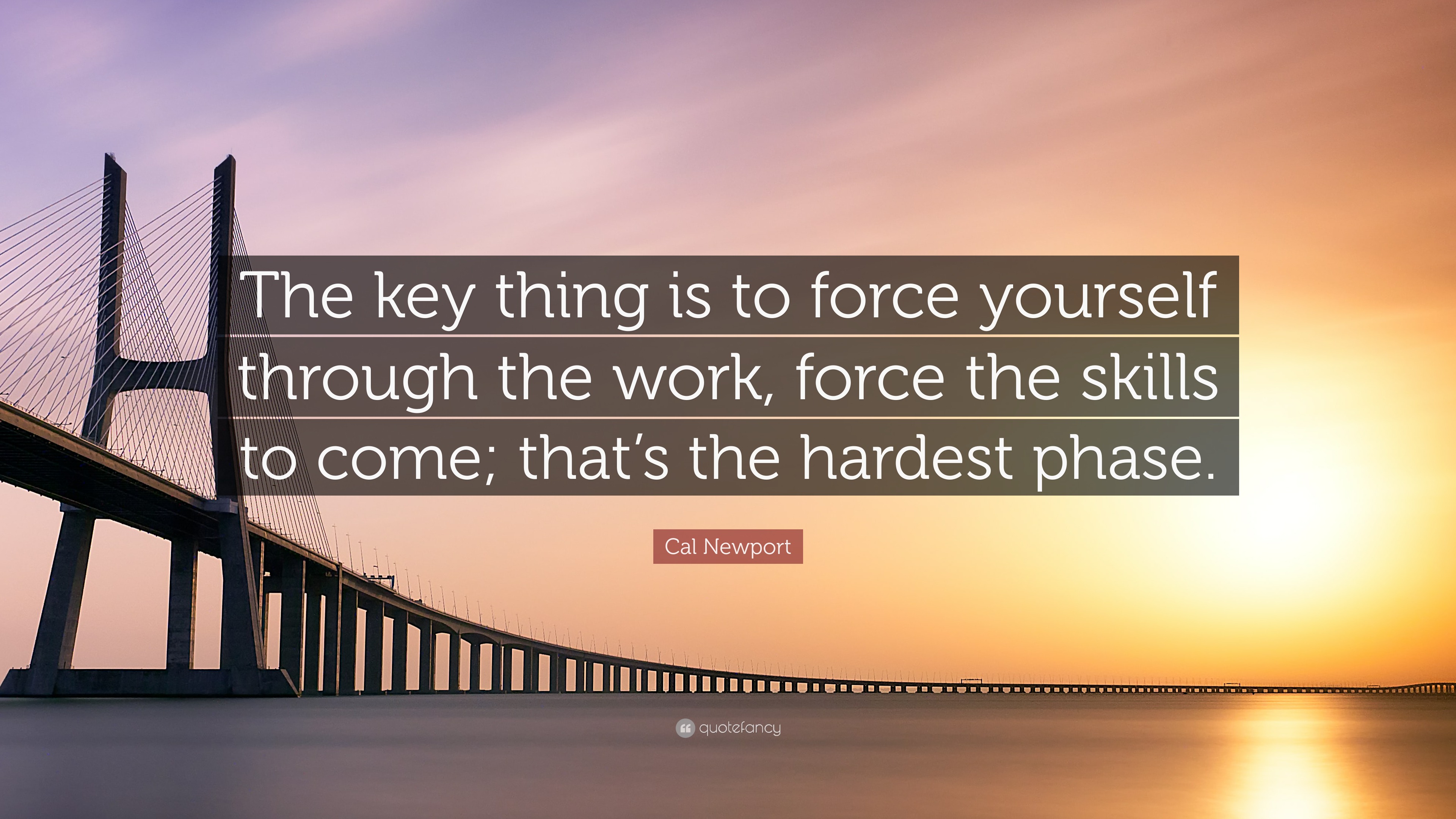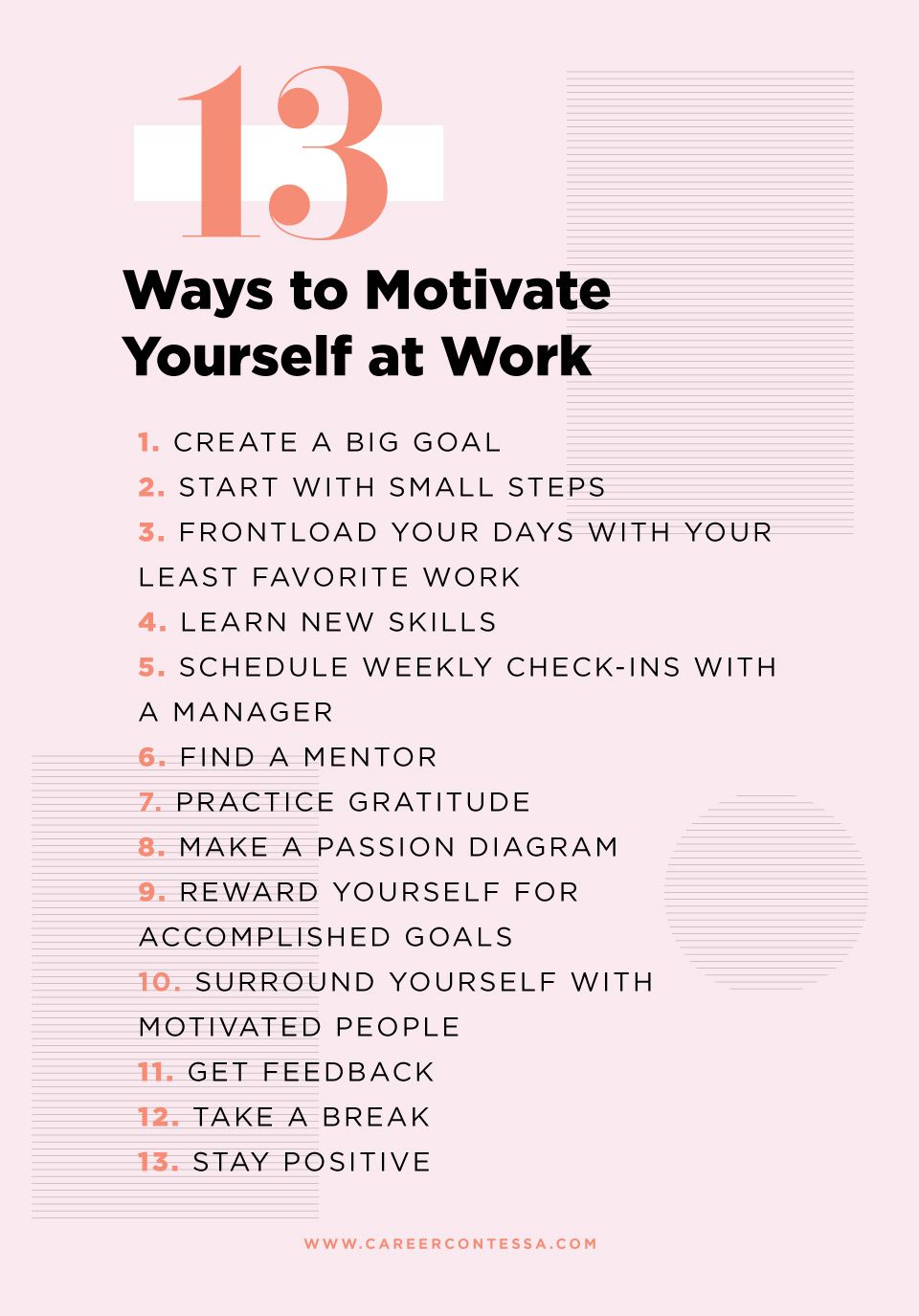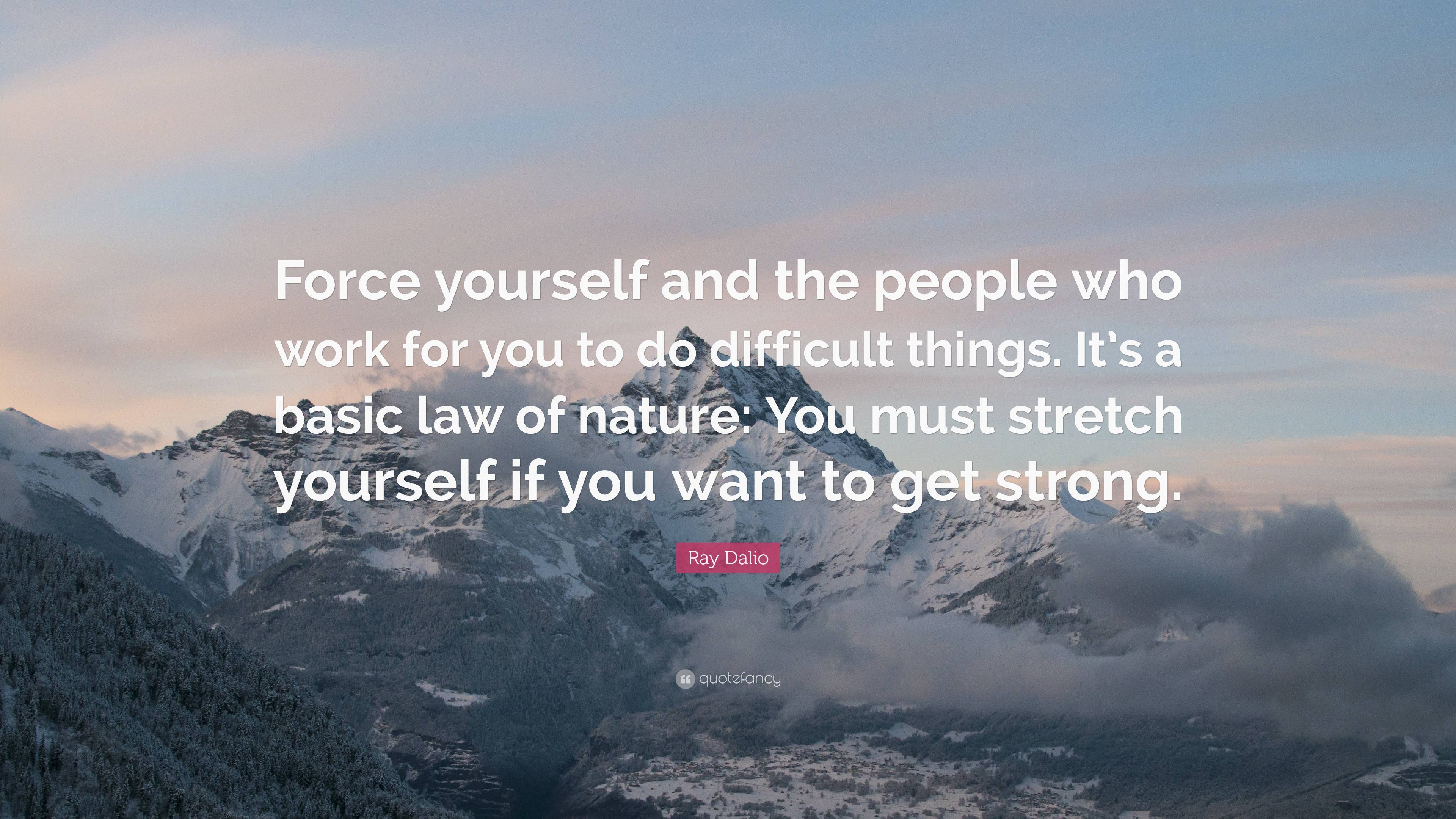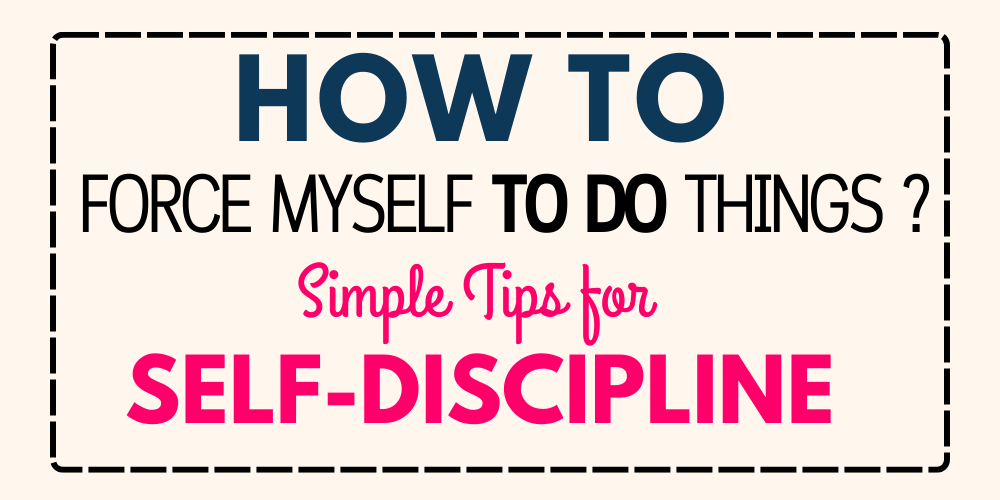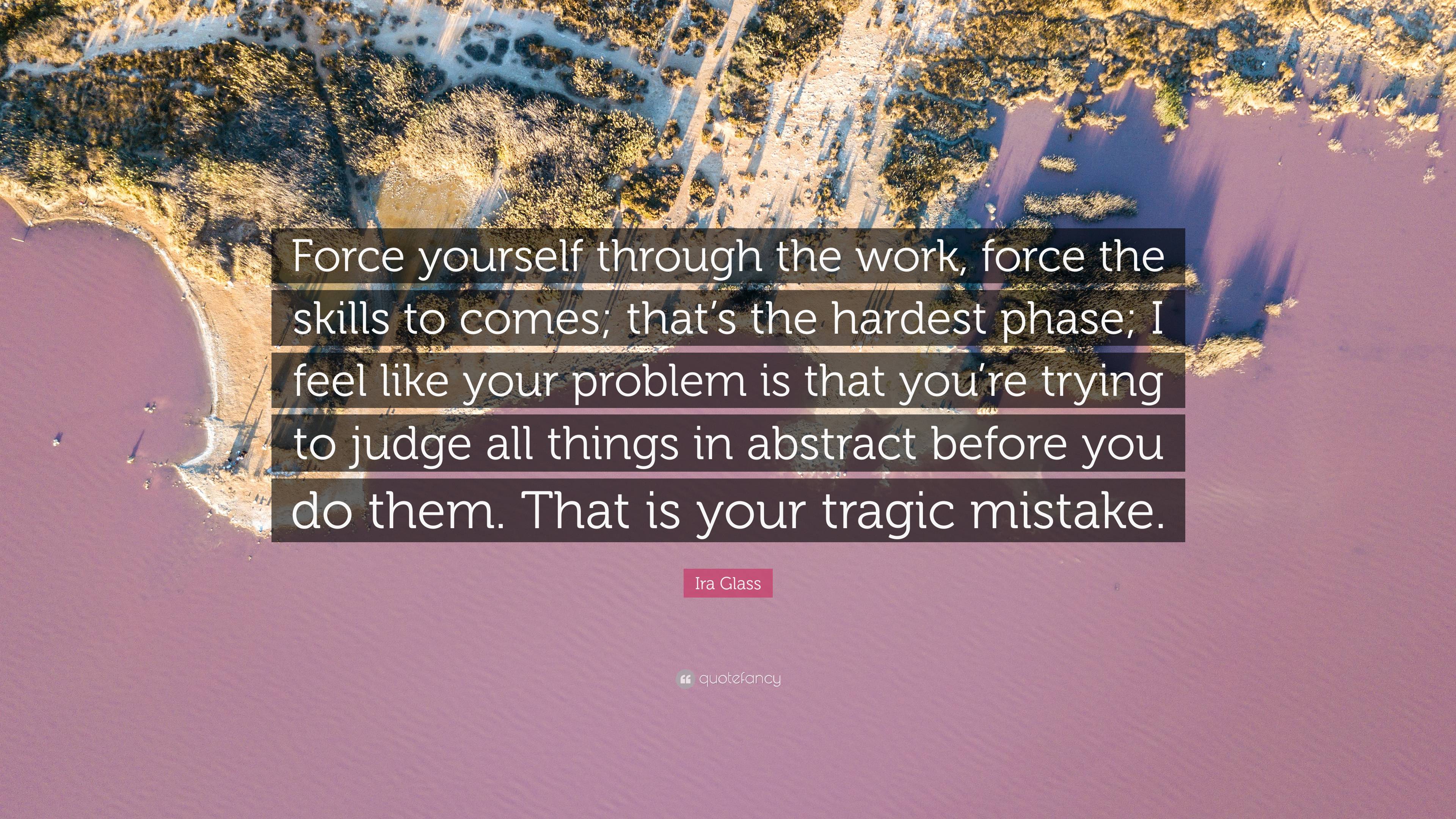How To Force Yourself To Go To Work

Millions struggle daily with the overwhelming dread of going to work. This guide provides actionable strategies to overcome that inertia and get you through the workday.
The Problem: Work Aversion is Real
A significant portion of the workforce experiences difficulty motivating themselves to go to work. According to a 2023 survey by Gallup, only 34% of employees in the U.S. are engaged at work. This lack of engagement can manifest as procrastination, absenteeism, and decreased productivity.
Step 1: Identify the Root Cause
First, figure out WHY you're avoiding work. Is it burnout, a toxic work environment, lack of purpose, or something else? Understanding the cause is crucial for finding effective solutions.
Common Culprits:
- Burnout: Exhaustion, cynicism, and reduced professional efficacy.
- Toxic Workplace: Bullying, harassment, or lack of support.
- Lack of Purpose: Feeling your work lacks meaning or impact.
- Personal Issues: Stress, anxiety, or depression impacting motivation.
Step 2: Implement Practical Strategies
Several techniques can help you overcome the initial resistance. These strategies focus on building momentum and making the idea of work less daunting.
Actionable Techniques:
1. The 5-Minute Rule: Commit to working for just five minutes. Often, starting is the hardest part, and you'll find yourself continuing once you begin. This technique leverages the Zeigarnik Effect, where unfinished tasks stay top of mind, motivating completion.
2. Break Down Tasks: Large projects can feel overwhelming. Divide them into smaller, more manageable steps. Completing these smaller tasks creates a sense of accomplishment and boosts motivation.
3. Reward System: Establish a system of rewards for completing tasks or reaching milestones. These rewards could be anything from a coffee break to a small purchase. Positive reinforcement can be a powerful motivator.
4. Change Your Environment: A change of scenery can sometimes break the cycle of avoidance. Try working in a different location, even if it's just a different room in your house.
5. Prioritize Self-Care: Lack of sleep, poor diet, and lack of exercise can significantly impact motivation. Prioritizing these basic needs can make a huge difference. Aim for at least 7-8 hours of sleep each night.
Step 3: Seek Support When Needed
Don't hesitate to reach out for help if you're struggling. Talking to a trusted friend, family member, or therapist can provide valuable support. Many companies also offer employee assistance programs (EAPs) that provide confidential counseling services.
The National Alliance on Mental Illness (NAMI) offers resources and support for individuals struggling with mental health. They can be reached at 1-800-950-NAMI (6264).
Next Steps
The key is to identify the root of your aversion and implement strategies consistently. Track your progress and adjust your approach as needed. Remember, overcoming work aversion is a process, and it's okay to have setbacks.
If your feelings of dread persist or significantly impact your life, consider seeking professional help. A therapist or counselor can provide guidance and support in addressing underlying issues.





